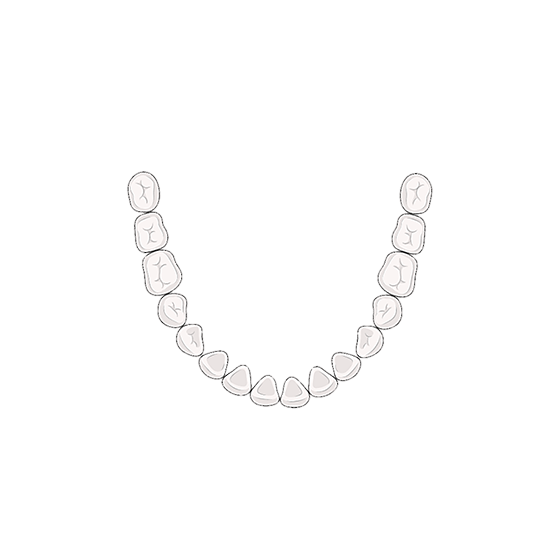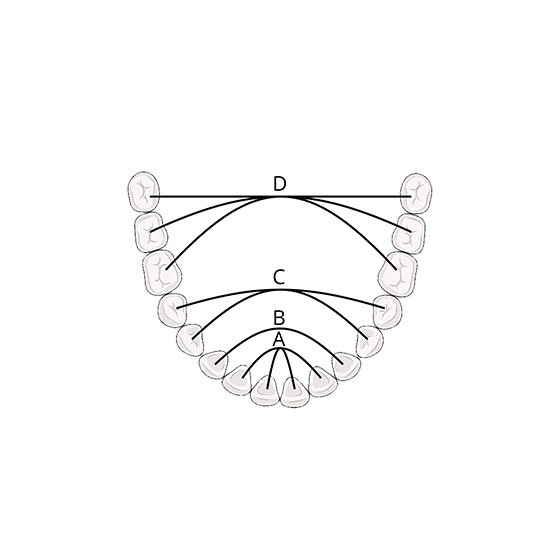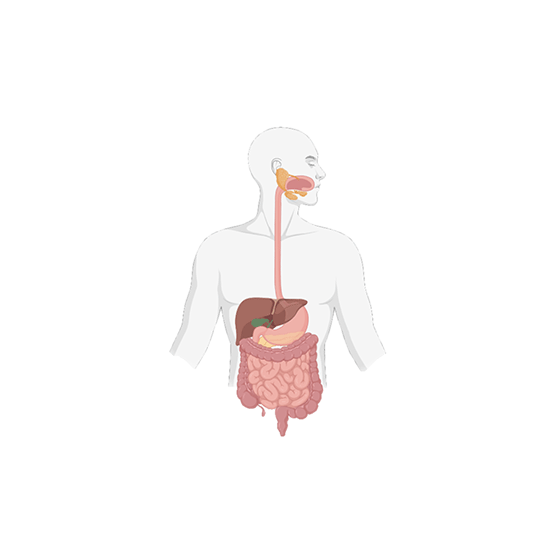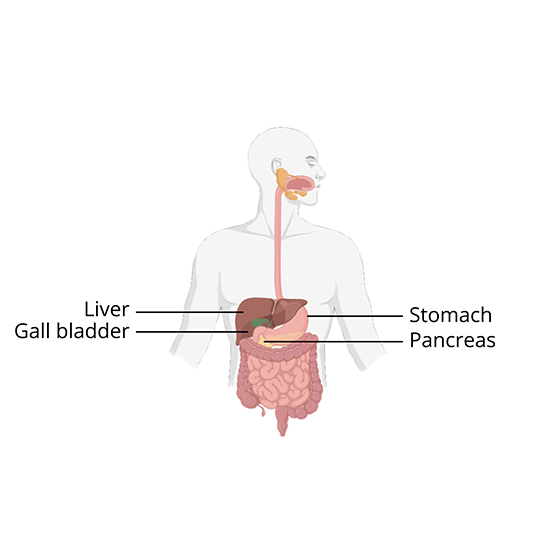Class 7 Science NCERT Exemplar Solutions Chapter 2 Nutrition in Animals
FAQs on NCERT Exemplar for Class 7 Science Solutions Chapter 2 Nutrition in Animals
Vedantu has made certain that all of the Exemplar Science Solutions for Class 7 are available to students for download. This can assist students in resolving any questions they have about the chapter.
The solved exemplar problems have also been checked to verify that they are in accordance with the most recent NCERT syllabus and rules. Students can always get in touch with one of Vedantu’s subject matter experts if they have any questions.
Vedantu NCERT Solutions for Class 7 are designed to save students valuable time, and it is in this attempt that they have left no stone unturned in providing every potential question. Not only has the back question been answered, but also the practical-based inquiries have all been addressed as well.
2. How can I improve my grades in Class 7?
The 7th grade is an important developmental stage. Students who want to earn high grades in Class 7 must thoroughly study all the chapters and understand the fundamental ideas. They should devote equal amounts of time to each topic and take notes whenever possible to aid in the revision process.
You should complete the practice papers to determine your degree of preparedness for the exam. Make significant revisions and you will be well-prepared to answer all of the exam questions.
3. Is Vedantu able to provide NCERT Solutions in Hindi for Class 7?
Yes, students can access the NCERT Solutions for both English and Hindi mediums on Vedantu's website.
The answers to all of the questions, as well as the explanations, are supplied in Hindi to make them easier to grasp.
Despite the fact that Hindi is a language that is used on a daily basis, many students stumble when writing or reading in it. In order for students to understand the topics, the solutions make use of simplified language.
The solutions ensure to include the key terms so that it doesn’t get overlooked when writing your responses.
4. What are the sub-topics covered in Class 7 Science Solutions Chapter 2 Nutrition in Animals?
Animals need food for many reasons and Class 7 science includes it all.
The sub-topics covered in Class 7 Science Solutions Chapter 2 Nutrition in Animals include:
Various Food Consumption Methods
Human Digestion
The Digestive System of Gross Eating Animals
In the case of Amoeba, the system of feeding and digestion
Students can refer to the NCERT Solutions for Class 7 Science Chapter 2 for any quick references they may require in order to comprehend these and other difficult concepts.
5. Why is it necessary to refer to NCERT Solutions for Class 7 Science?
Students want strong scores and straightforward chapter explanations. So it's critical that Class 7 students can read simple content.
Check out NCERT Solutions for Class 7 Science to better comprehend what you're learning in Class 7.
NCERT questions are often asked in the annual exams at school. So, if you've done them thoroughly, you can easily answer the questions on the test.
The NCERT Solutions will assist you in gaining a better grasp of the topics covered in the course.




























